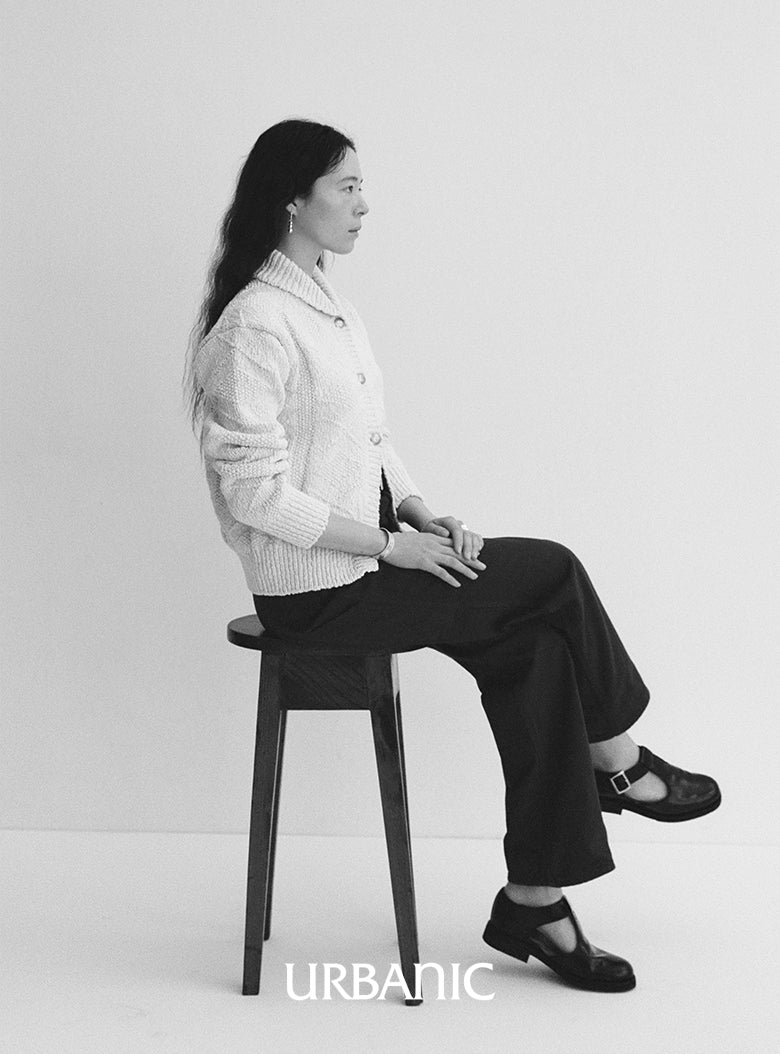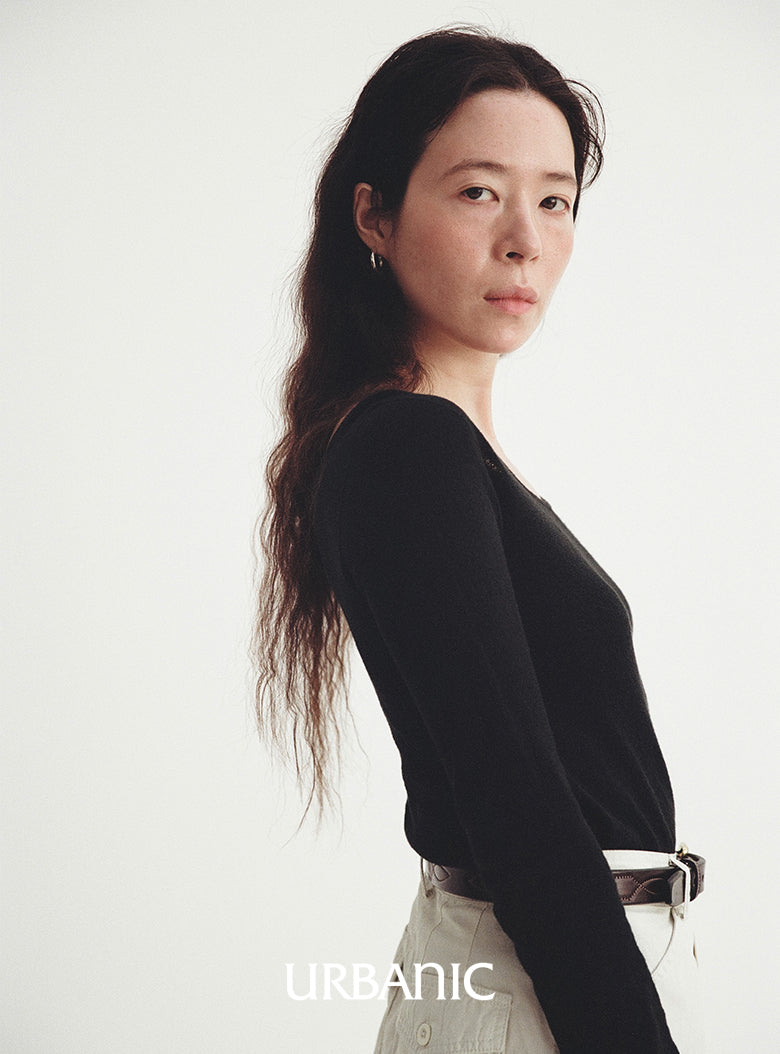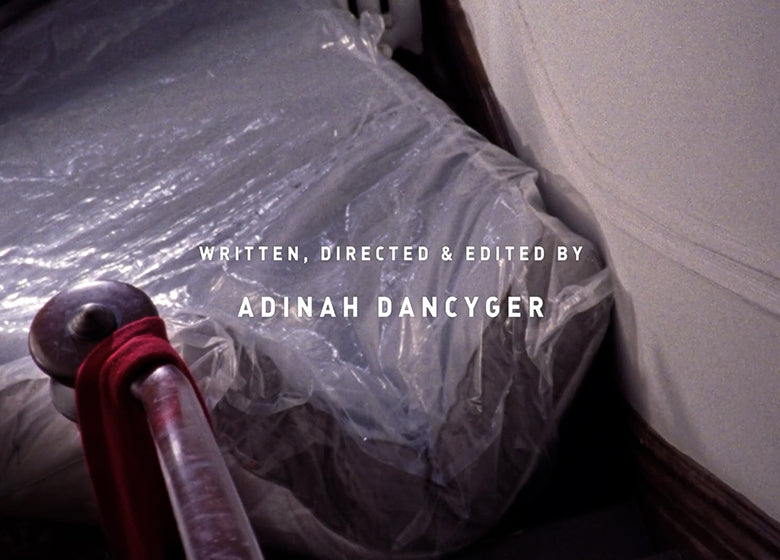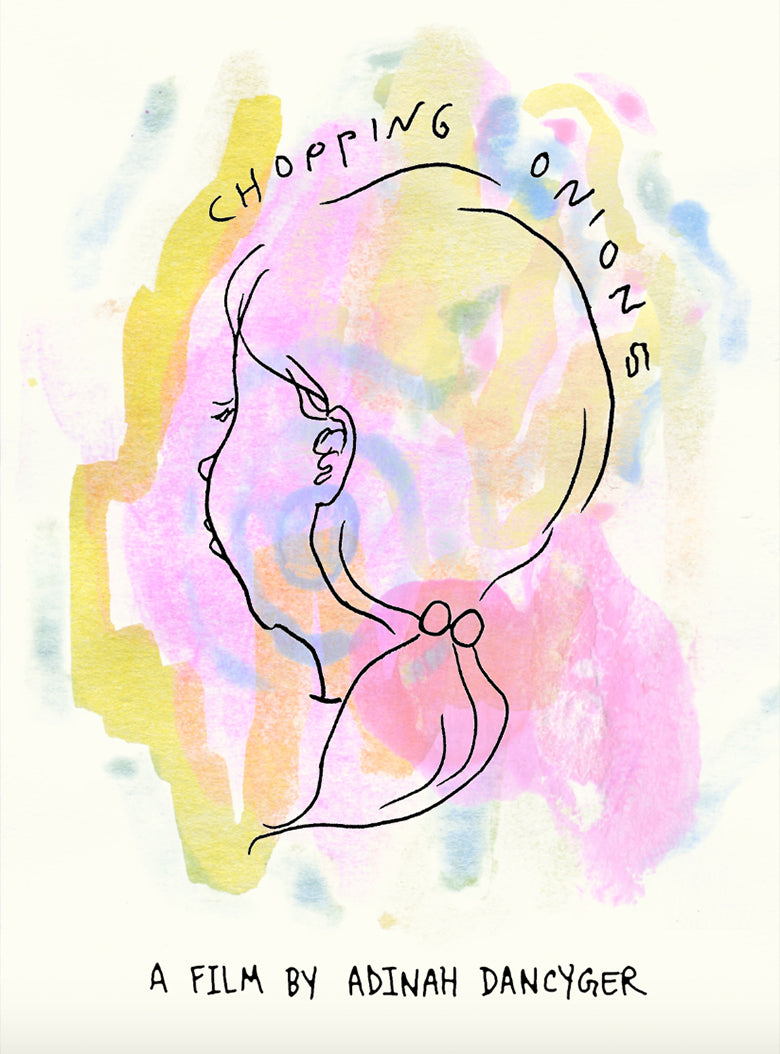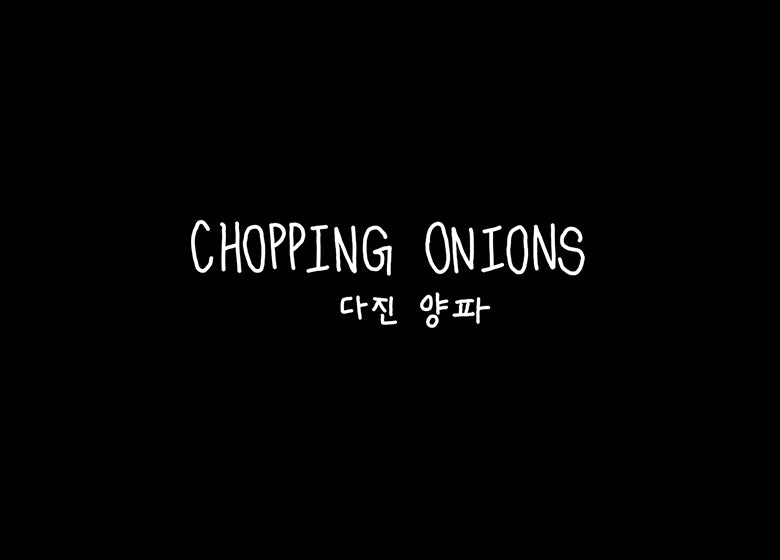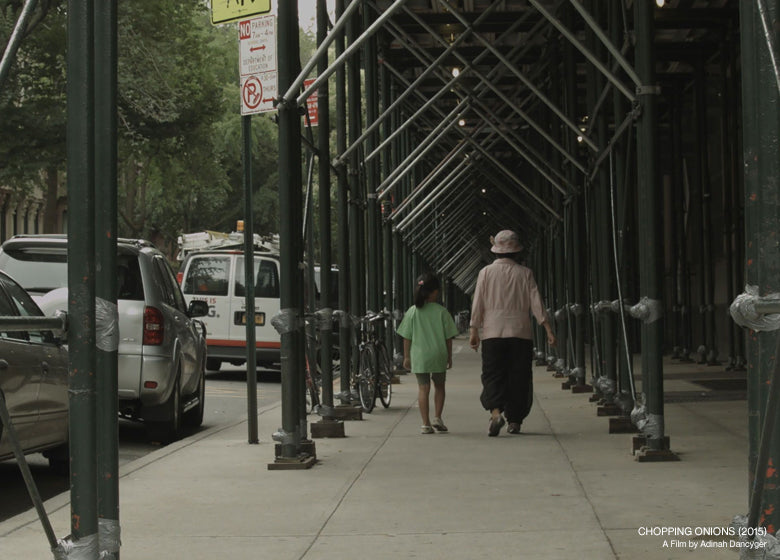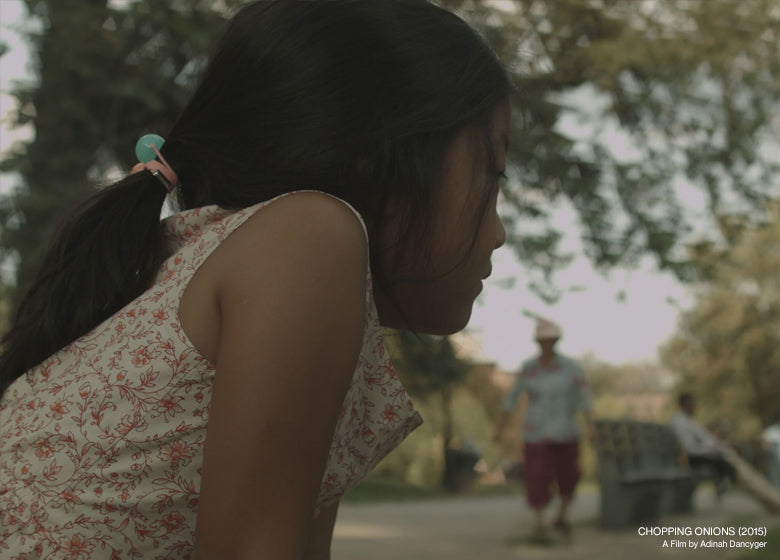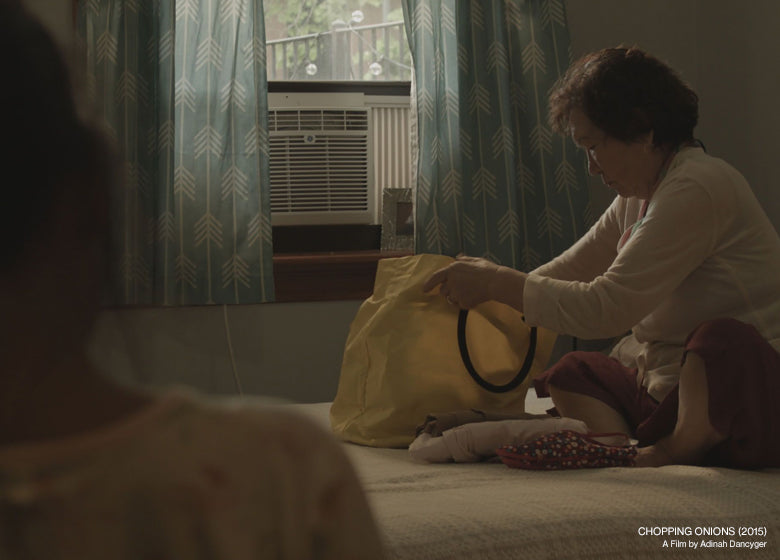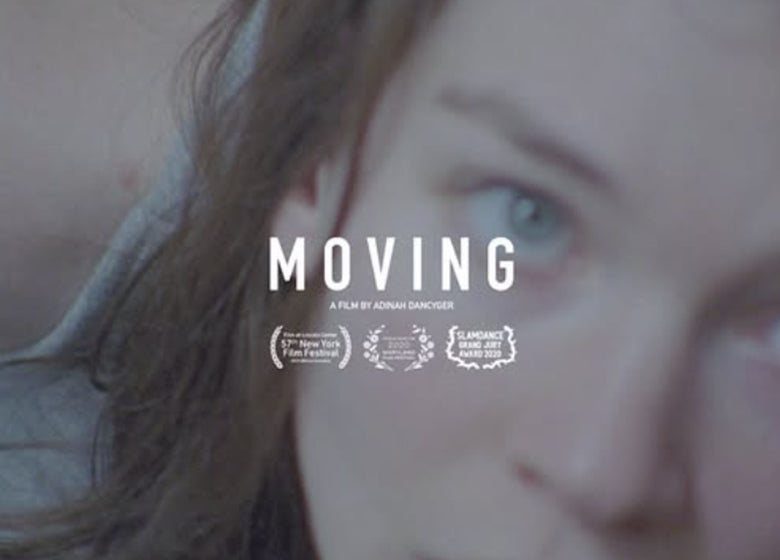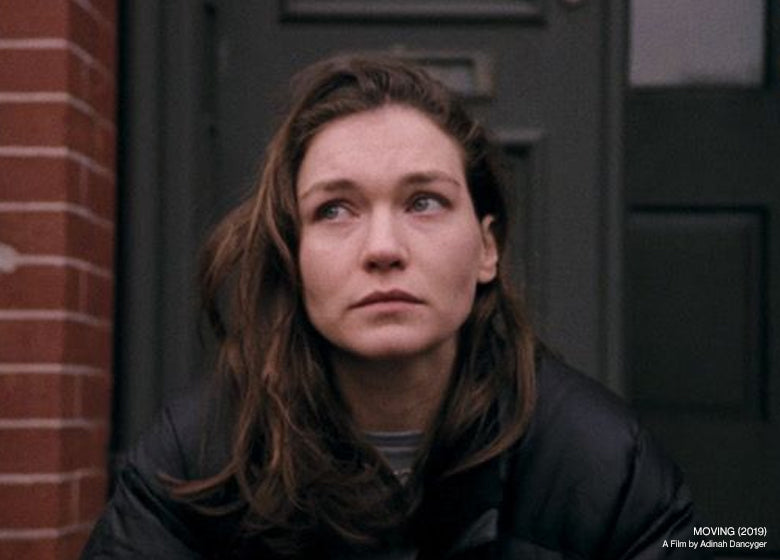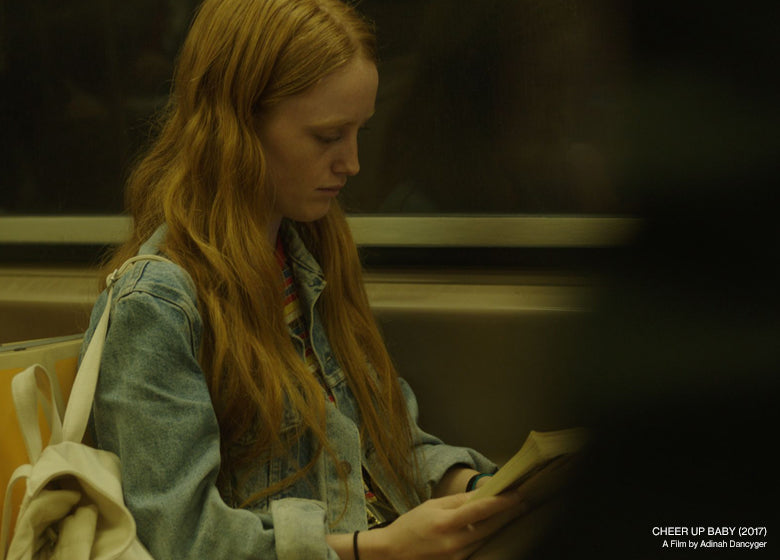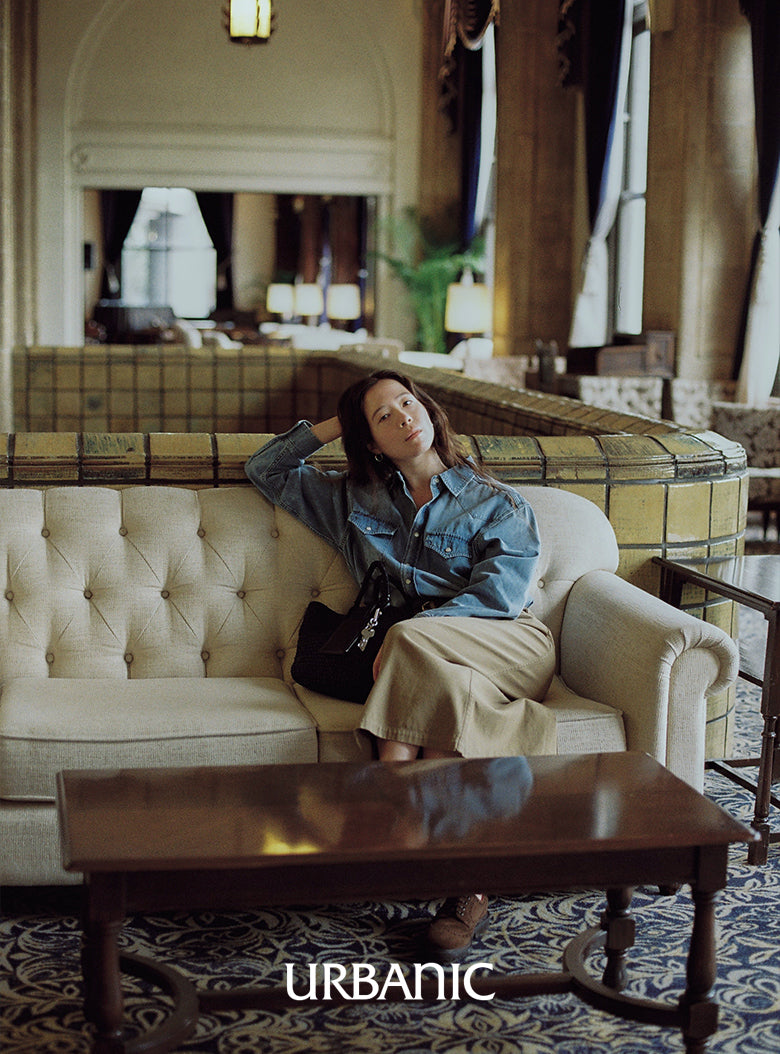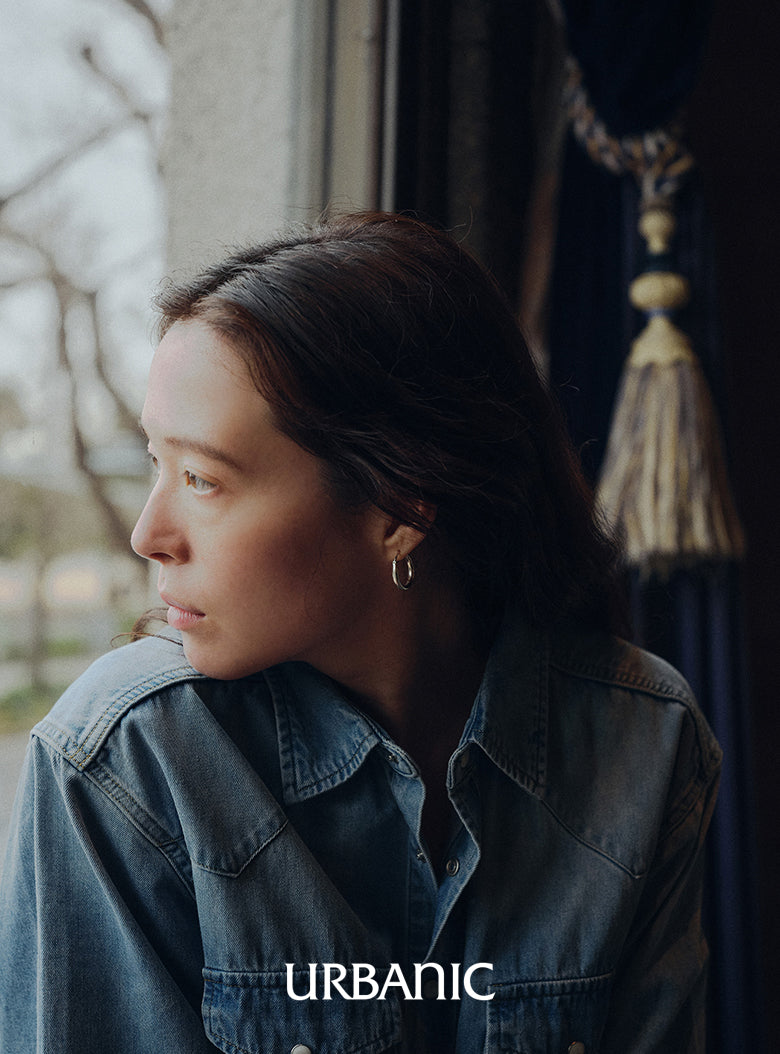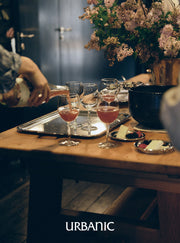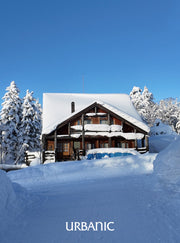Urbanic's beloved cities and the women who live there.
How do these women, who embody the atmosphere and energy of their respective cities, wear Urbanic? Though they differ in location, age, and taste, they all find joy in expressing Urbanic's style in their own ways. Experience the diverse people and senses of various cities through Urbanic30.
Adinah Dancyger, New York
@adinahdancyger
Adinah Dancyger is a Korean-Polish filmmaker based in New York. Known for capturing subtle nuances of everyday life, she has gained recognition at film festivals such as Sundance, Berlin, and New York with her short films Moving (2019), Cheer Up Baby (2017), and Chopping Onions (2015). Beyond film, she has showcased her distinct, sensitive perspective through commercial projects and music videos for artists like Lauv and Okay Kaya.
We met her in Tokyo and Seoul, where she spoke about how her multicultural background has shaped her view on different cultures, human experiences, and emotions.
Urbanic (U): Please introduce yourself. If you had to describe yourself in one word, what would it be?
Adinah (A): My name is Adinah Dancyger. I’m a filmmaker, born and raised in New York, with Korean and Polish heritage. If I had to describe myself in one word, I’d say sensitivity.
U: What led you to start making films?
A: It was the power of storytelling that drew me to filmmaking and the joy of creating beautiful images. My father, a photographer, was a natural storyteller. My mother, too. Both often shared powerful stories of Polish and Korean history and the impactful moments in their own lives and those of my grandparents. I felt a strong desire to pass those stories on. To me, film is the most fitting medium to explore the vast question: What does it mean to be human?
That question is immense, but through each piece I create, I find new ways to explore it.
U: What’s your favorite part of the filmmaking process?
A: Collaboration. It’s the most rewarding part of making films. Filmmaking can be a solitary process, especially during writing and conceptualization, which can feel isolating. But on set, I get to work with talented people to bring those ideas to life. Seeing what existed only in my head come alive through the creativity of others is truly special. I love working with people, learning from them, and seeing how their contributions shape the final piece. It’s exciting when something I envisioned evolves into something even more beautiful through teamwork. The process feels organic, with real-time changes and layers of creativity from everyone involved.
U: What kinds of films would you like to make in the future?
A: It’s hard to choose just one because there are so many. I want to tell stories that deeply explore human experiences. While most of my work so far has been set in the U.S., I’d love to create more international stories that reflect my cultural interests. I don’t want to limit myself to a specific genre—I’m drawn to themes of love, friendship, food, and those unique moments that happen when people come together. I want to capture the raw emotions and experiences that make up life. I don’t know exactly what the future holds, but I know I want to keep making films.
U: Growing up with Korean and Polish heritage, what are your thoughts on Korea? Has Korea influenced your work?
A: Growing up in New York with both Korean and Polish roots was a unique experience, especially since I didn’t have many mixed-heritage friends. Our home was a blend of cultures, and that duality left a deep impression on me. Though we weren’t deeply traditional, I gained an understanding of both Korean and Polish cultures. I believe the confusion and uniqueness of being from a multicultural family have influenced my storytelling.
Korea inspires me deeply. I want to learn more about my Korean side and share more Korean stories. My mother and grandmother have been huge inspirations to me, which is why I made the short film Chopping Onions (2015), a story about a young girl and her Korean grandmother in New York.
This is my first time visiting Korea, and it’s been eye-opening. Walking through the streets, getting lost, and exploring places on my own—at times confusing, but also familiar. I’ve seen pieces of what my grandmother once brought with her to New York, and it feels deeply personal. My relationship with Korea is still growing, and I hope to strengthen my connection in the future.
U: For this shoot, you wore pieces from Urbanic. Which look was your favorite?
A: I loved all of them! But if I had to choose, I’d pick the final outfit, a white skirt with a black top. I think it’s a perfect style for warmer days. I really liked how timeless it felt during the shoot. The black-and-white combination gave off a classic yet effortless vibe. It felt comfortable, polished, and casual at the same time. It’s definitely a style that suits me best.

